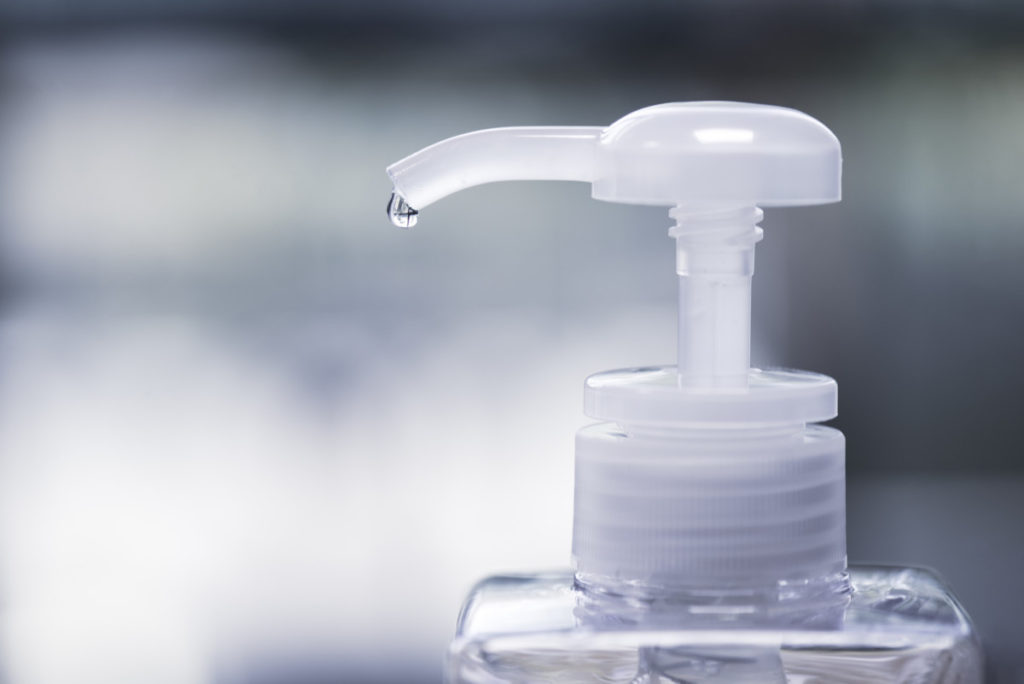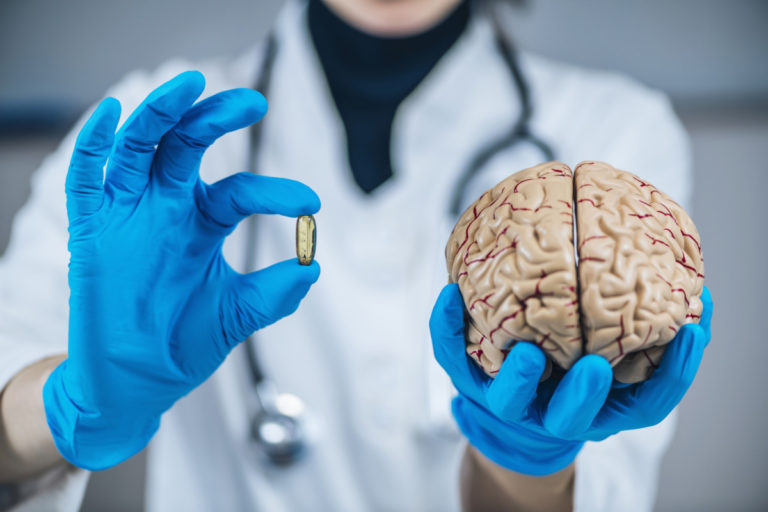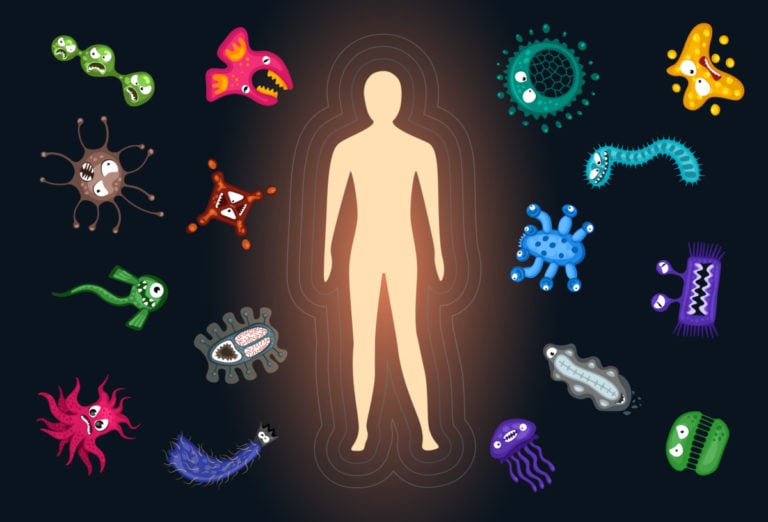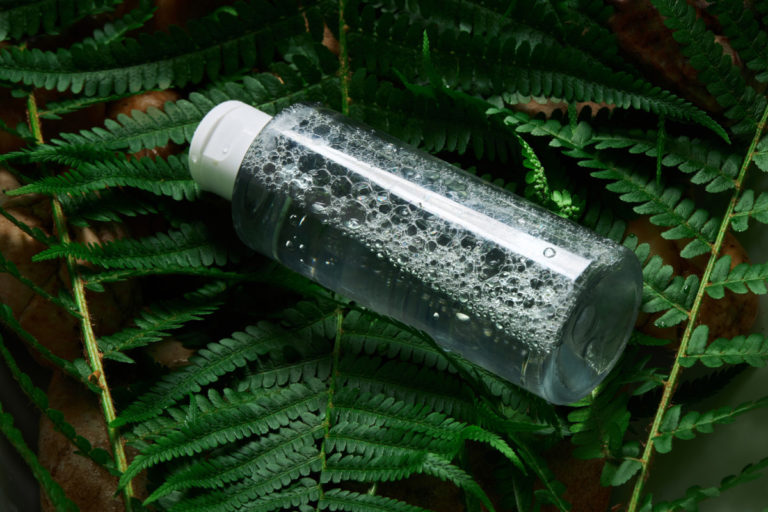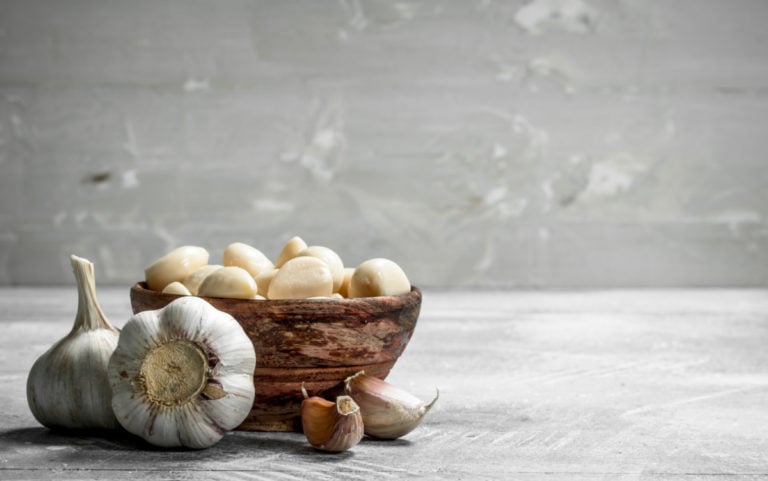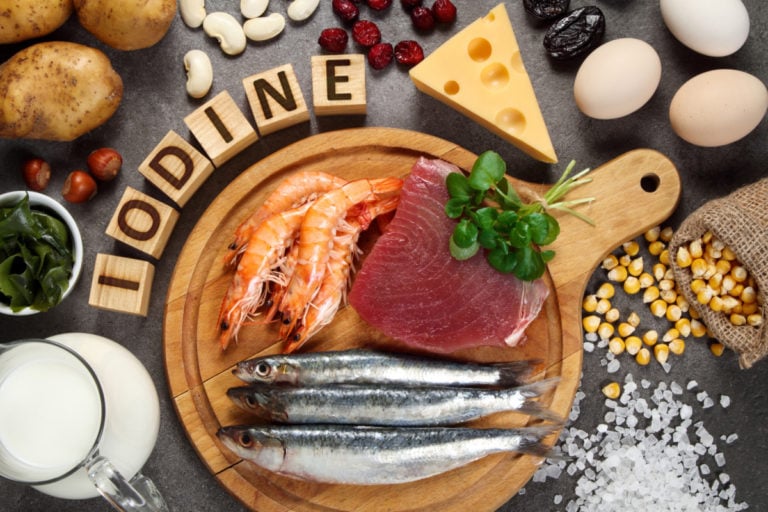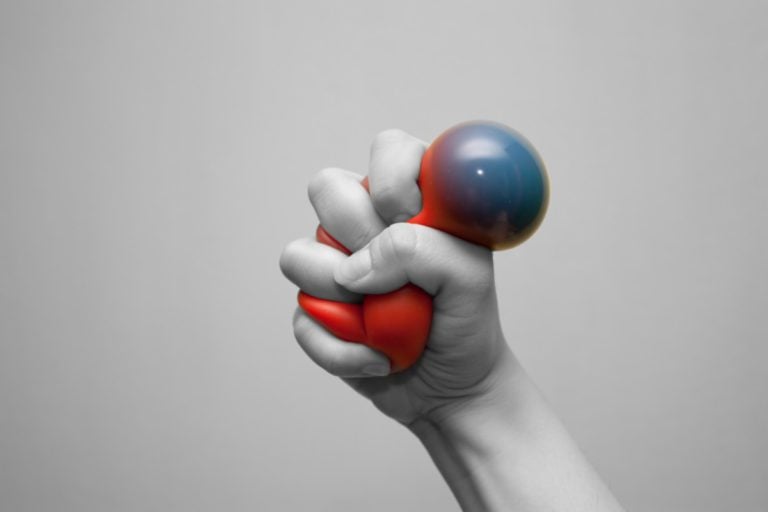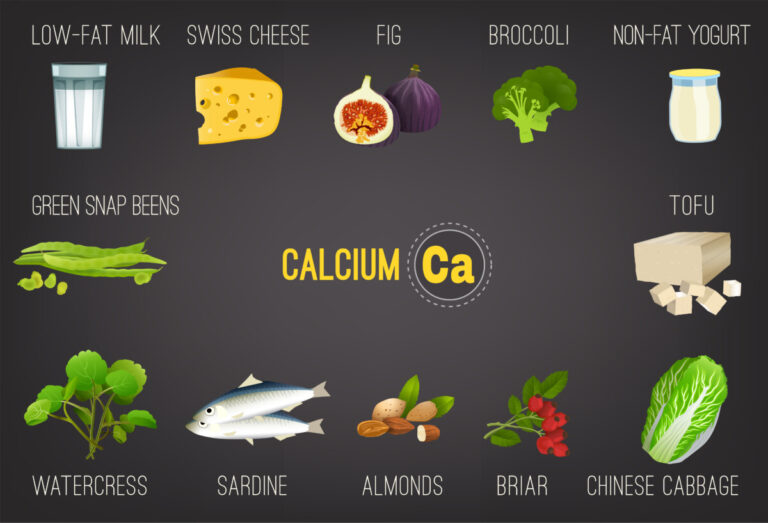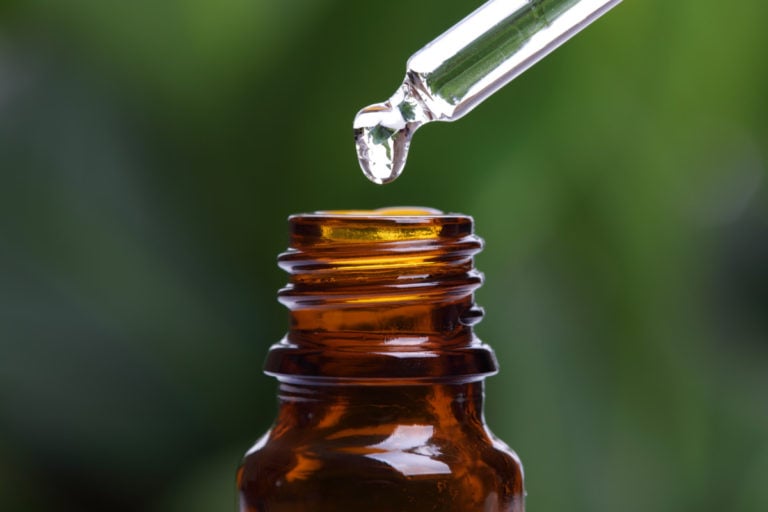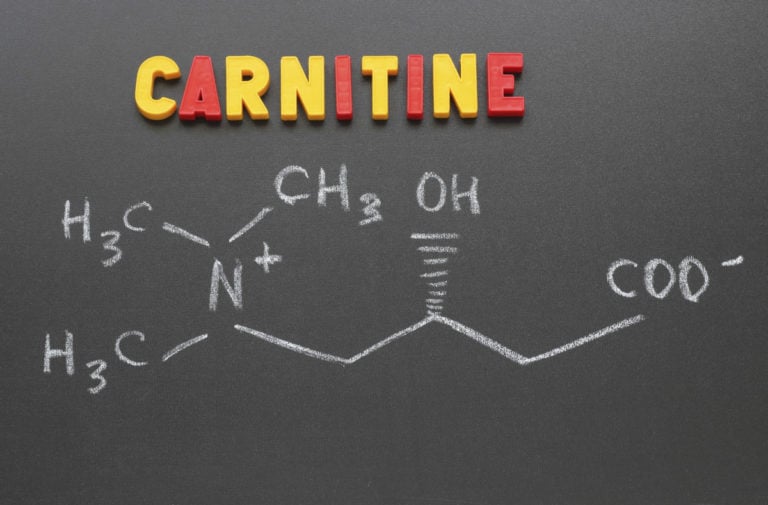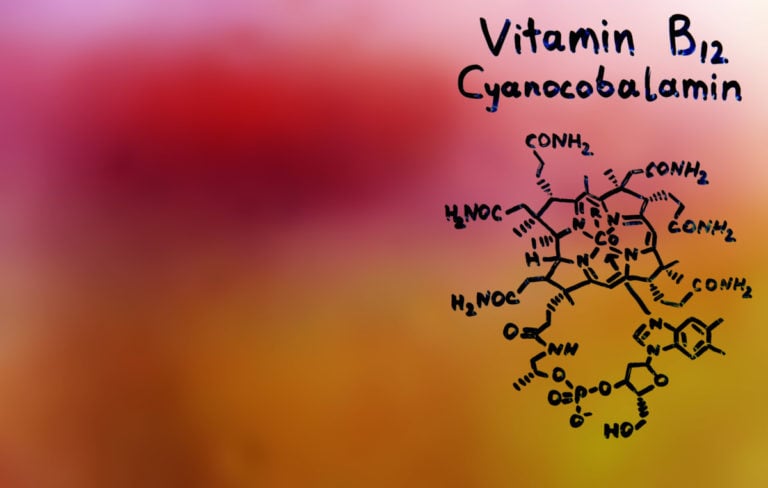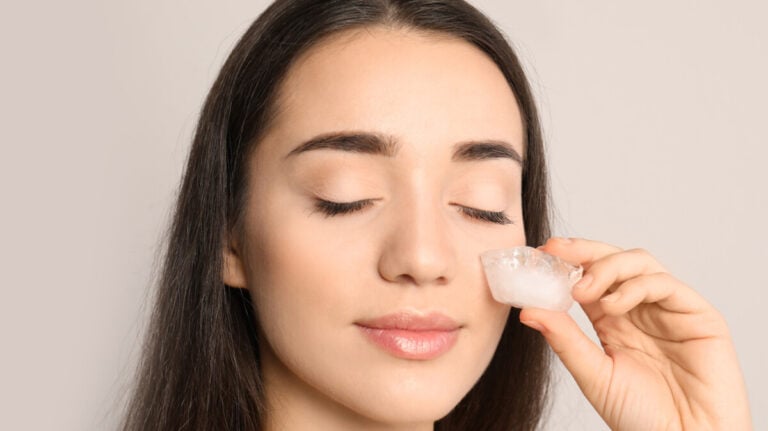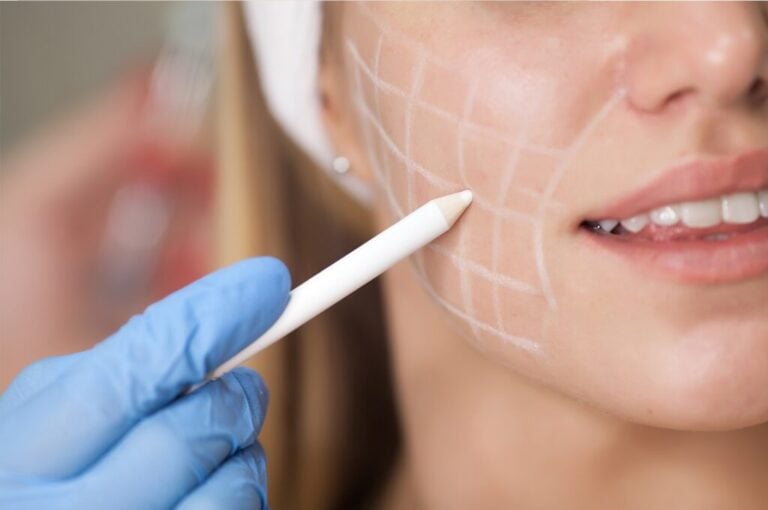Antiseptic is a substance that is used in medicine and everyday life in order to completely destroy pathogenic microflora or delay its reproduction.
They are systematized according to various criteria, ranging from the strength of the impact on microorganisms and ending with the scope. So what are antiseptics, what are their types and applications? Are antiseptics in medicine and everyday life the same thing, or is there a significant difference? Let’s figure it out.
Antiseptic functions
The word “antiseptic” is Greek in origin and in direct translation means “against putrefaction”.
In order for a pathogenic microorganism to develop and multiply, it needs a special environment and conditions. For example, the presence of oxygen and moisture, as well as stable temperature indicators, are important for the bacterial flora. Antiseptics in medicine is a common name for all disinfecting tools that give the desired result. They are classified according to different indicators.
Types of antiseptics
- Mechanical to clean the wounded surface and non-viable tissue. This means washing the surface with a purulent formation, cleaning the bottom of the wound, excising its edges.
- Chemical antiseptic techniques are used to treat wound infection, as well as for preventive purposes. Such antiseptic solutions are considered harmful to microorganisms.
- Biological is the largest group of drugs. This includes, for example, vaccinations. Their action also extends to microbial cells, affecting its toxins. Such disinfection further enhances the protective functions of the body.
In a separate species, the simultaneous use of several drugs as an antiseptic is distinguished. This group is also quite common. So, for treating a wound, doctors use several methods of antiseptics – mechanical (external surface treatment) and biological (keeping tetanus toxoid).
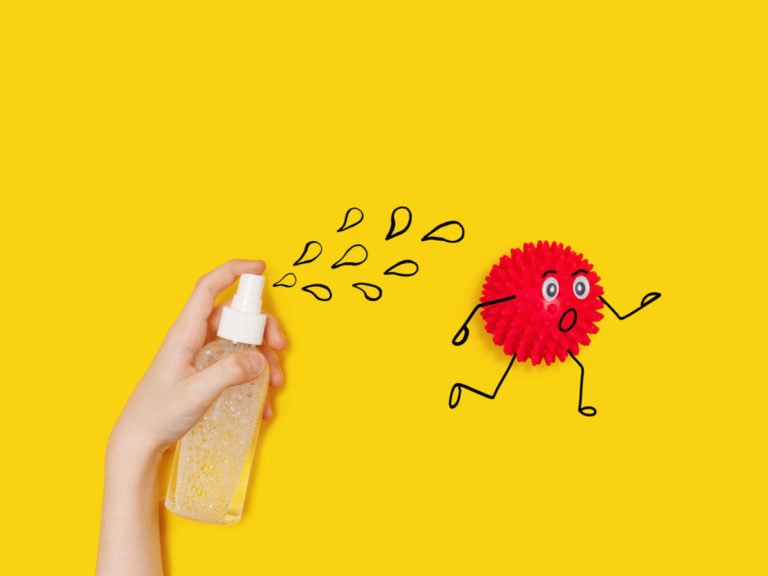
Each type implies a huge variety of antiseptics. They are used:
- for the treatment or prevention of infectious suppuration;
- for disinfection of the premises and instruments;
- dual application.
Antiseptics are used in medicine, depending on what effect they are designed for – internal or external. For external use, preparations are usually in the form of ointments, sprays, lotions, rinses, etc. Antiseptics for oral administration (in most cases, these are antibiotics) are available in the form of tablets, powders, sometimes rectal suppositories.
Classification of antiseptics
At its core, an antiseptic and disinfectants, as well as agents that have a bactericidal effect, are one and the same.
They are detrimental to pathogenic microflora or create conditions for the impossibility of its development and existence. It has already been said that the systematization of such drugs can be carried out according to different criteria. Consider some of the main classes into which antiseptics are divided in medicine, and dwell on their types in more detail.
According to the direction of action, antiseptics are distinguished:
- antiviral;
- antibacterial;
- antifungal.
From this classification, it becomes clear which pathogenic microflora the agent has an effect on. The antiseptic by its action is directed to a living cell.
Depending on the mechanism of the negative impact of the drug on its structure, they are classified:
- on direct-acting drugs, in which the antiseptic effect occurs on the destruction of any of the structural components of the cell or on its vital processes;
- on means of indirect influence, in which more attention is paid to the immune response of the human body to infection.
The effectiveness of such funds also depends on many factors:
- on what concentration the solution is;
- on the duration of the effect of the antiseptic on the affected area;
- on how sensitive the pathogenic microflora is to the drug used as an antiseptic;
- on temperature indicators, as well as the chemical components of the environment in which the processing takes place.
As you can see, there are quite a few classifications. All disinfectants may fall under one of them, but in medical practice, grouping by chemical composition is most often used.
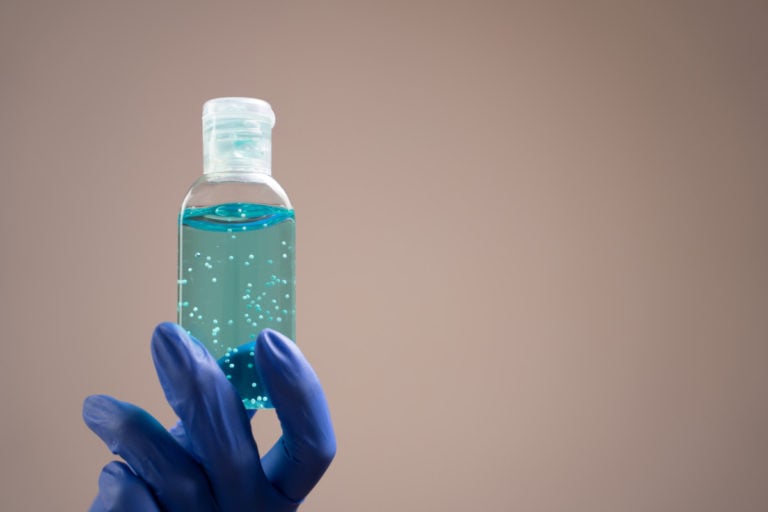
According to this classification, an antiseptic by its combination of chemical elements can fall into one of the following groups:
- halides;
- acidic;
- oxidizers;
- alcohols;
- alkalis;
- salts;
- resins, tar, refined products;
- vegetable substances.
Halogen group
Chloramine, iodine solution, Pantocid act as an antiseptic of this chemical class.
- Chloramine is a product that contains up to 20% active chlorine. This antiseptic looks like a powder (yellowish in color) that exhibits a subtle smell of chlorine. A solution is prepared from it, which can be used to wash wounds, apply moistened wipes on them. They also disinfect hands and medical instruments.
- The iodine preparation is obtained from seaweed. These are well-known antiseptics in medicine: an alcohol solution of iodine, as well as potassium and sodium iodite. The first preparations are used as an effective antimicrobial agent for mucous membranes and wound treatment.
- Pantocid are tablets containing 3 mg of active chlorine. They are most often used in diluted form for processing hands and medical instruments.
Acids
The list of antiseptics of this group is also very impressive. The most common salicylic acid is easily soluble in alcohol and hot water. In a percentage of up to 5%, it is used as an external antiseptic, in a more concentrated form (up to 10%) it can be used in ointments or pastes.
Salicylic alcohol is considered a powerful bactericidal and anti-inflammatory agent. It is recommended to use it for rubbing if the skin suffers from rashes. On sale there are a large number of powders, pastes containing salicylic acid.
Boric acid is also very commonly used as an antiseptic.
Oxidizers
Hydrogen peroxide is the most prominent representative of this group. It occurs in two preparations: a water-based solution and a concentrated substance. Both of them have a transparent appearance and a slight specific smell. Its action is based on such a chemical effect, in which gaseous oxygen is produced under the influence of peroxide. Hydrogen peroxide is used in the treatment of wounds and mucous membranes.
Hydroperit is an antiseptic in the form of tablets, which contains urea in its composition. They dissolve in water. The drug is used for the same purpose as the first indicated drug from the group of oxidizing agents.
Potassium permanganate or potassium permanganate are dark-colored crystals that dissolve in water. It is used as an antiseptic treatment in douching, gastric lavages in case of poisoning, for rinsing the mucous membranes.
Other groups
Ethanol, propyl and isopropyl alcohol in concentrations from 60 to 90% are alcohols in terms of their chemical composition. They are used as an effective antiseptic for the skin. Most often used in medical practice for the treatment of the epithelium before infusion and other interventions.

What applies to antiseptics of the alkali group? This is the well-known ammonia, sodium borate, bicarbamint. The first two preparations use hand treatments in surgery. Bicarbamint, like boric potassium, can be used for rinsing mucous membranes, washing wounds as an antiseptic.
Salt-containing antiseptic preparations:
- mercury dichlorite;
- mercury monochloride;
- copper sulfate;
- zinc oxide, etc.
Many have heard that ointments and creams are made from tar and refined products, which act as disinfectants.
Using antiseptics
Under the concept of “antiseptic” lies not only the medical part of this issue. Disinfection and antiseptic effects of certain substances are also used in various industries. In the food industry, they are often used in the form of preservatives that help the product stay fresh longer and not spoil. Everyone knows acetic acid, which is the main antiseptic in canning. She is also included in the list of antiseptics.
Disinfectants are actively used in the construction industry. They are found in large quantities in varnishes and paints. Their action is aimed at the destruction of saprophytic bacteria. There is also a wood preservative, which shows a powerful fight against mold, rot and other processes, increasing the life of wood.
Use disinfectants and housewives in everyday life. Antiseptic solutions can be found in products for washing bathroom accessories, dishes, floors, etc. If you bought a household cleaning product with the inscription “has a bactericidal effect”, this means that some kind of antiseptic is included in its composition. The skin of the hands when working with such products must be protected. Some of them require mandatory ventilation of the room or careful removal after use. All precautions are indicated on the packages and must be followed.
Some popular antiseptics in medicine can be used in everyday life. For example, well-known solutions for the treatment of hands. They are used as emergency hygiene – as a way to stop the transmission of pathogens in society. Also, everyone in the house has iodine or brilliant green, alcohol, hydrogen peroxide, which we use as antiseptics in case of a slight injury to the skin.
Antiseptics are also used as a means of preventing the transmission of diseases of the genital area. Their reception significantly reduces or minimizes infection.
